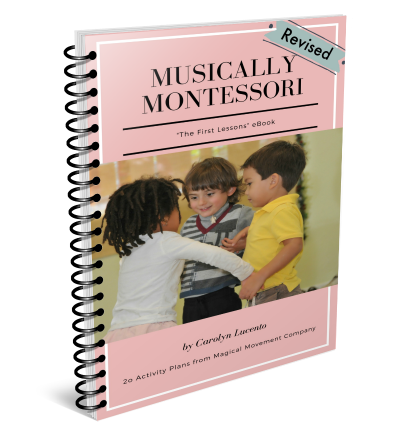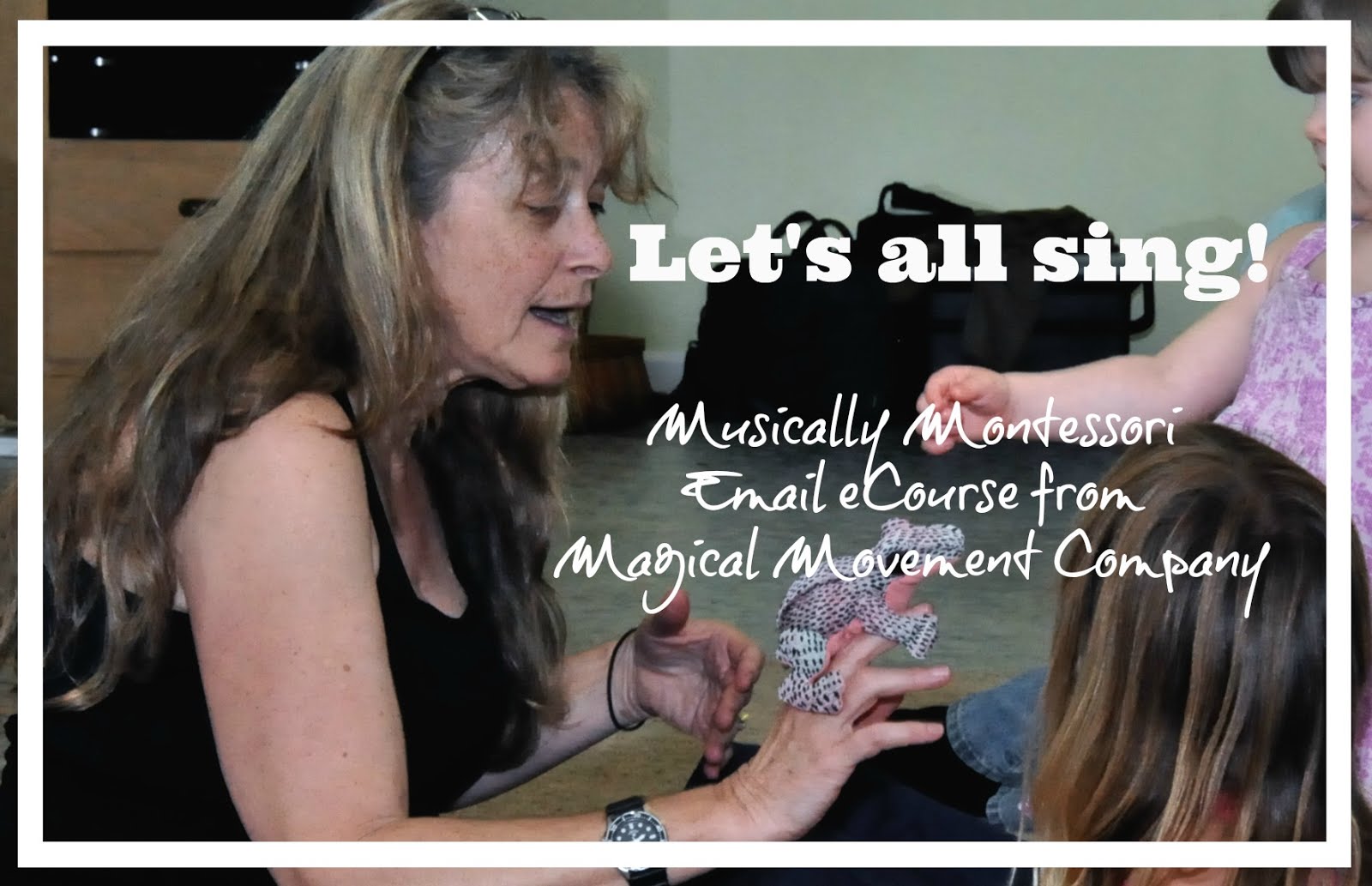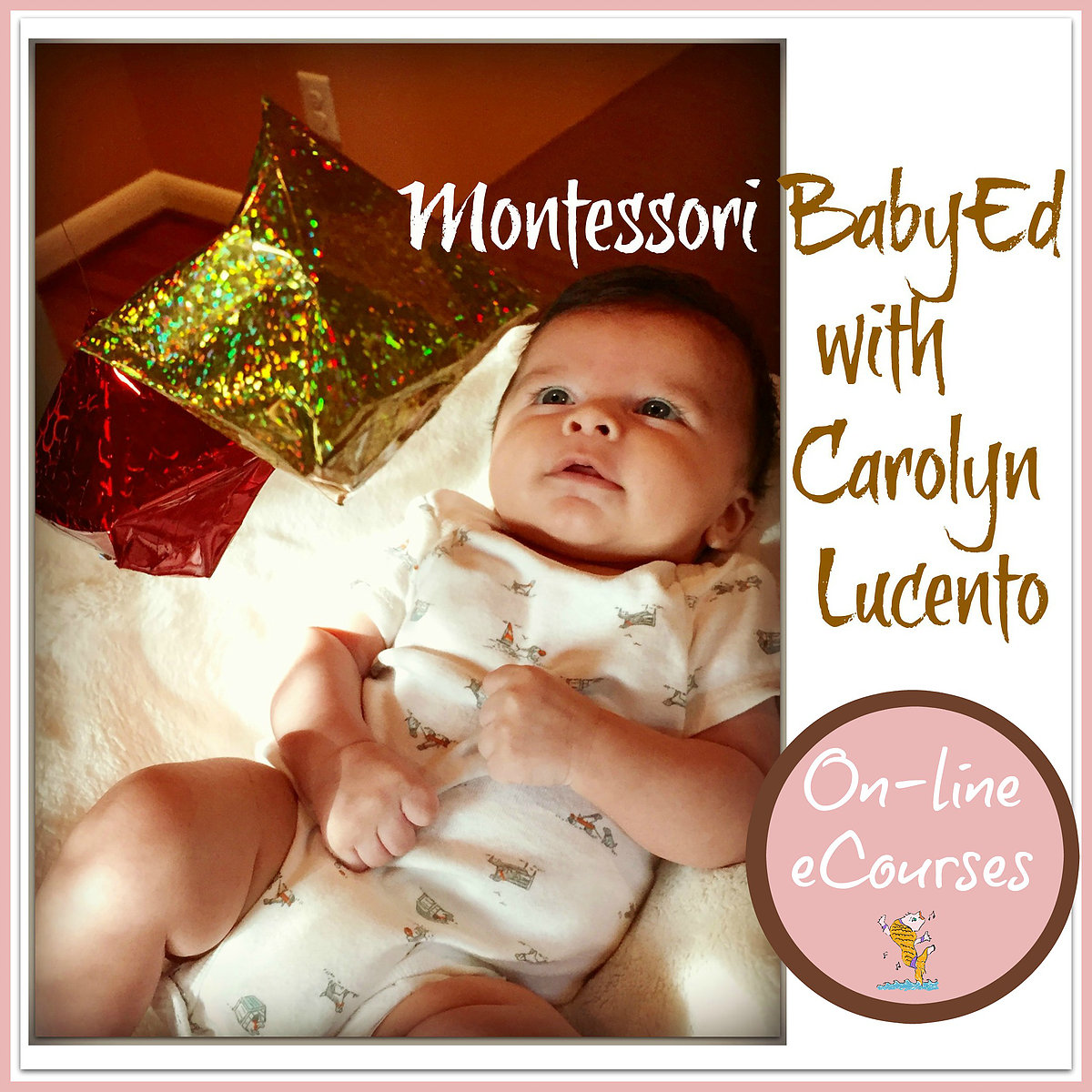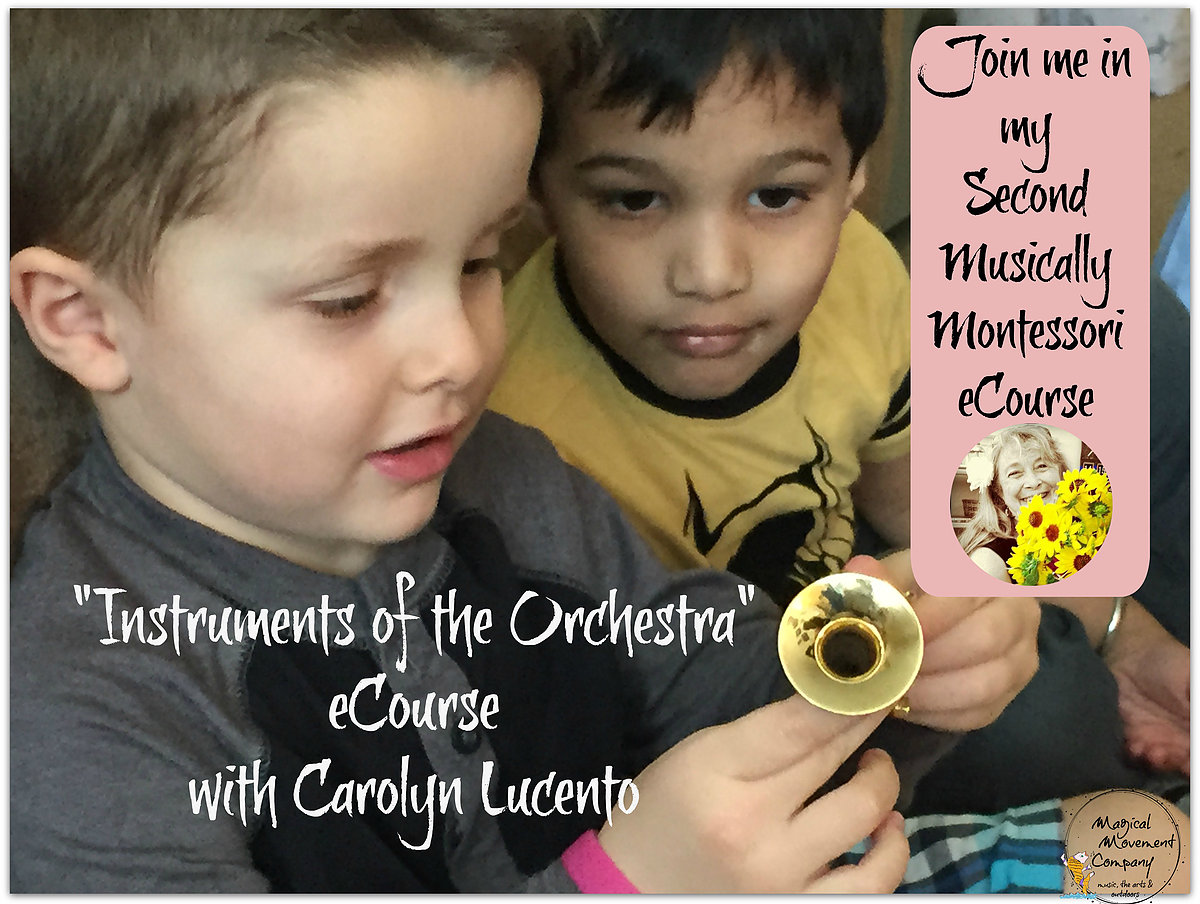"It is true that man has created enjoyments in social life and has brought about a vigorous human love in community life. But nevertheless, he still belongs to nature, and especially when he is a child, he must draw from it the forces necessary for the development of the body and of the spirit." (From The Montessori Method by Maria Montessori p. 153)
All photos were taken by Carolyn at the Fountainhead Montessori School Outdoor Classroom
Is there a child anywhere that doesn't love being outdoors? I believe that children and the outdoors go together without question and probably most people would agree. Yet, when it comes to creating the time & the place for outdoor activities in the modern Preschool environment, many of us just might need to defend our deep-seated convictions that children benefit in all areas of development by being outdoors at school. There are some that might question that the children are actually learning anything when playing outdoors and especially when we call it a "playground."
So, we can start by creating a place called the "Outdoor Classroom" and this helps set a different idea in the minds of those doubting the cognitive benefits for children spending Preschool time outside. At the Fountainhead Montessori School in Dublin, CA, the Outdoor Classroom is also a "nature-based playground." While some of the children are busy tending the gardens or feeding the birds, other children are practicing walking on the log balance beams or creating a pretend picnic under the outdoor canopy. You can read more about this lovely outdoor preschool environment at my post: Outdoor Classroom: A Great Selling Point for Your School.
Maria Montessori describes the outdoor environment at the Casi dei Bambini, the first Montessori Preschool:
"In the first 'Children's House' in Rome we have a vast courtyard cultivated as a garden, where the children are free to run in the open air...which is planted on one side with trees and a branching path in the middle, and on the opposite side, has broken ground for the cultivation of plants. This last, we have divided into so many portions, reserving one for each child. While the smaller children run freely up and down the path, or rest in the shade, the possessors of the earth (children from 4 years up) are sowing, or hoeing, watering, examining, the surface of the soil, watching for the sprouting of plants." The Montessori Method p. 161
In the Children's Garden of the Outdoor Classroom at the Fountainhead Montessori School, each of the preschool classrooms has their own raised bed garden plot. The children chose what seeds to plant and they have tended their little garden patch with much love!
For the older children in the elementary program, there are some innovative intensive gardening practices being set up, as well. For this group of children, the Fountainhead Outdoor Classroom has a section of "Square Foot Garden Boxes." These are designed to apply mathematical calculations to gardening! Each 3ft x 3ft garden box is set up to accommodate the particular sizes of the plants.
From Wikipedia:
"To encourage a variety of different crops over time, each square would be used for a different kind of plant, the number of plants per square depending on an individual plant's size. For example, a single tomato plant might take a full square, as might herbs such as oregano, basil or mint, while most strawberry plants could be planted four per square, and up to sixteen per square of plants such radish. Tall or climbing plants such as maize or pole beans might be planted in a northern row (south in the southern hemisphere) so as not to shade other plants, and supported with lattice or netting.
You can read more about this method of gardening at this link: Wikipedia Mel Bartholomew's Square Foot Gardening Method
I asked a group of Preschoolers today what their favorite thing is about the Outdoor Classroom. One 3 yr old quickly answered, "I like to push the wheel barrel around!"
A child-size wheel barrel is not only a useful tool for working in the Children's Garden, it definitely helps a child develop coordination and balance.
A five year old was excited to tell me her favorite thing about the Outdoor Classroom is seeing the birds up close. In fact, she and her friends had seen a total of "eight wild birds up close and they didn't even fly away!" Then, she went on to tell me that the birds would not fly away until the children were five steps away. "When you get four steps away," she said, "the birds always fly away!"
A group of little boys excitedly showed me the cucumbers growing in their classroom's garden bed. And, then they took me on a tour of the butterfly garden where the children had planted flowers for the butterflies to collect nectar, as well as milkweed plants where the butterflies can lay their eggs.

Mary Cooper, the coordinator of the Outdoor Classroom at the Fountainhead Montessori School in Dublin, CA., told me that one of the favorites of the children is the worm bin.
The worm bin in the Outdoor Classroom is set up for creating "compost tea" as an organic method of fertilizing the soil in the Children's Garden. Mary went on to tell me that the children recently made "worm compost tea" to spread on their recently planted classroom garden beds. She described the process:
"I read that you don't always have to aerate it...you can just mix it. I set it up so that everybody had a plate of worm compost from the worm bin.
First, they sorted out the worms...'rescued' them to put back in the worm bin...then they took the "worm dirt" (castings/ compost) that was left and mixed it with water to make the "tea" to pour on the garden soil. The children loved it.
Because, first you got to play with the worms then you got to play with the dirt & water, you know...mud!"
Later, Mary facilitated the children in writing/drawing in their outdoor nature journals about the worms. She also made sure the children had "shelf works" in their indoor classrooms that supported their outdoor experience with garden worms. (Ex: "Parts of the Worm" 3-part cards & booklet making)
You can read more about "worm compost tea" at this link: World of Worms Compost Tea.
You might also like to read more at my Blog post on Worm Bin care and Composting: Caring for the Worm Bin In Winter
When you have the opportunity to observe children in the well-planned Montessori-style Outdoor Classroom, it becomes obvious that these children are reaping more than radishes and cucumbers!
"It has been understood...that the best means of invigorating the child is to immerse him in nature. But, if for the physical life it is necessary to have the child exposed to the vivifying forces of nature, it is also necessary for his psychical life to place the soul of the child in contact with creation in order that he may lay up for himself treasure from the directly educating forces of living nature. The method for arriving at this end is to set the child at agricultural labor, guiding him to the cultivation of plants and animals, and so to the intelligent contemplation of nature." (From The Montessori Method, by Maria Montessori p. 156)We Montessori educators are always striving to create the environment that fulfills the developmental needs of the whole child. The Outdoor Classroom is an important component in naturally providing what the child needs to become the responsible, intelligent and caring adult of the future. I have lots of articles on the Outdoor Classroom that you can check out by clicking OUTDOORS in the header at the top of this blog.
I'm sure your group enjoys the great outdoors and that there are many lovely activities that are going on in your early childhood outdoor environment. I would love to hear about your ideas...I invite you to leave a comment at the end of this post!
Advertising Disclosure: Magical Movement Company may be compensated in exchange for featured placement of certain sponsored products and services, or your clicking on links posted on this website. Thanks for your support!
























